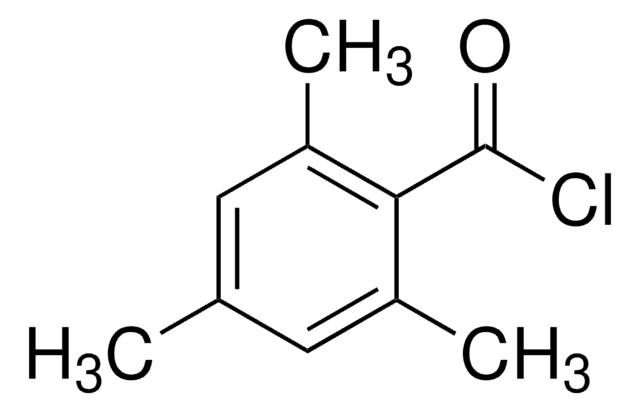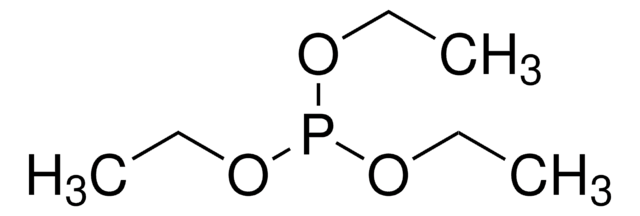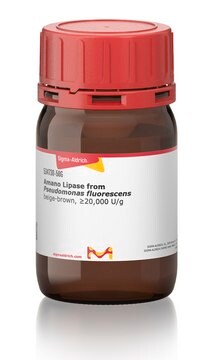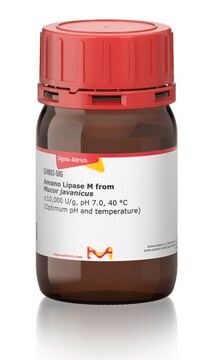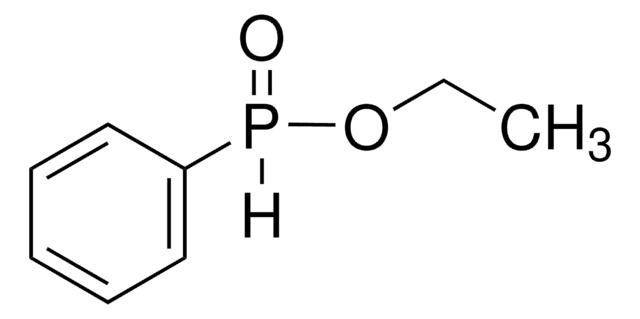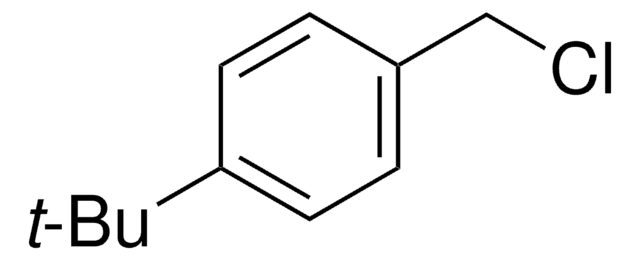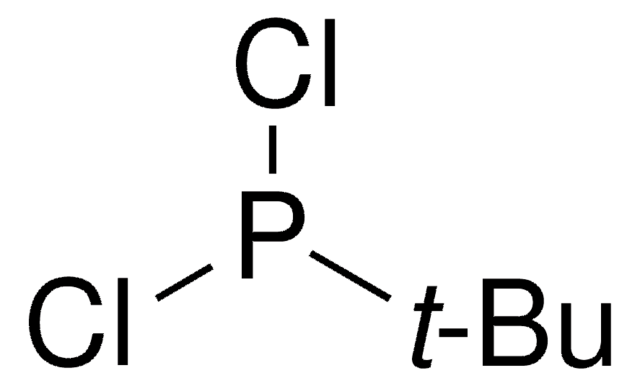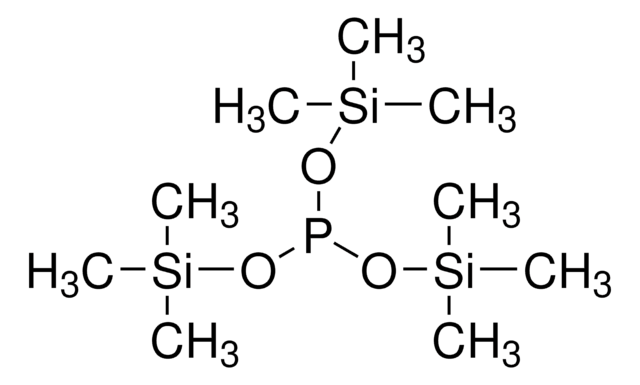149470
Dimethyl phenylphosphonite
97%
Synonyme(s) :
Phenyldimethoxyphosphine, Dimethoxyphenylphosphine
About This Item
Produits recommandés
Pureté
97%
Forme
liquid
Capacité de réaction
reaction type: Buchwald-Hartwig Cross Coupling Reaction
reaction type: Heck Reaction
reaction type: Hiyama Coupling
reaction type: Negishi Coupling
reaction type: Sonogashira Coupling
reaction type: Stille Coupling
reaction type: Suzuki-Miyaura Coupling
Indice de réfraction
n20/D 1.529 (lit.)
Densité
1.072 g/mL at 25 °C (lit.)
Température de stockage
2-8°C
Chaîne SMILES
COP(OC)c1ccccc1
InChI
1S/C8H11O2P/c1-9-11(10-2)8-6-4-3-5-7-8/h3-7H,1-2H3
Clé InChI
LMZLQYYLELWCCW-UHFFFAOYSA-N
Mention d'avertissement
Danger
Mentions de danger
Classification des risques
Eye Dam. 1 - Skin Corr. 1B
Code de la classe de stockage
8A - Combustible corrosive hazardous materials
Classe de danger pour l'eau (WGK)
WGK 3
Point d'éclair (°F)
235.4 °F - closed cup
Point d'éclair (°C)
113 °C - closed cup
Équipement de protection individuelle
Faceshields, Gloves, Goggles, type ABEK (EN14387) respirator filter
Faites votre choix parmi les versions les plus récentes :
Déjà en possession de ce produit ?
Retrouvez la documentation relative aux produits que vous avez récemment achetés dans la Bibliothèque de documents.
Les clients ont également consulté
Notre équipe de scientifiques dispose d'une expérience dans tous les secteurs de la recherche, notamment en sciences de la vie, science des matériaux, synthèse chimique, chromatographie, analyse et dans de nombreux autres domaines..
Contacter notre Service technique